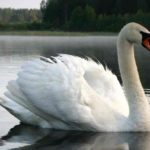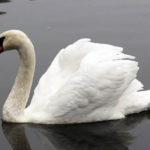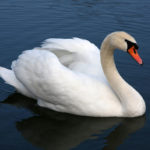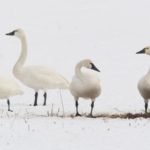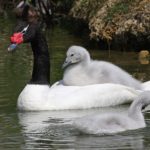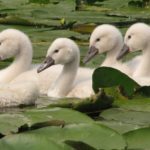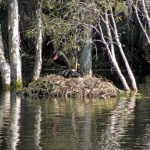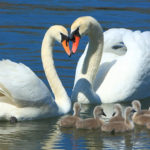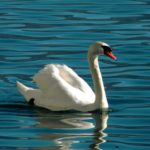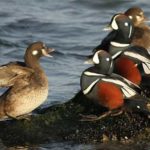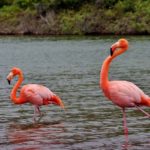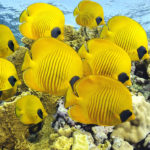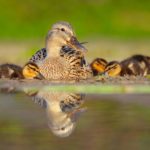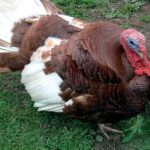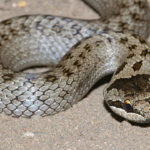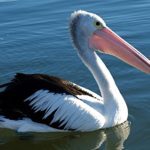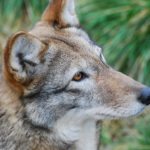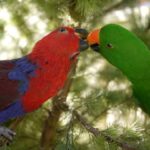Swans – information
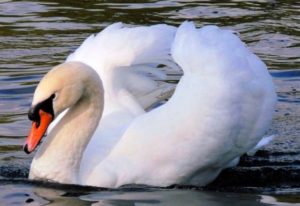 A swan is a waterfowl, another of the representatives of a squad of an anseriform family of ducklings. It is characterized by a long life expectancy, a tendency to form an unbreakable pair and ingenuity. Because of its noble appearance, the swan is considered a majestic and aesthetically attractive bird, embodying grace, grace, loyalty. Almost all kinds of swans are listed in the Red Book.
A swan is a waterfowl, another of the representatives of a squad of an anseriform family of ducklings. It is characterized by a long life expectancy, a tendency to form an unbreakable pair and ingenuity. Because of its noble appearance, the swan is considered a majestic and aesthetically attractive bird, embodying grace, grace, loyalty. Almost all kinds of swans are listed in the Red Book.
Despite the fact that there are several species of swans with their inherent dimensions and color of plumage, it is still possible to derive some of their common external features and characteristics. Thus, these are the largest birds. Their color can vary from white to black. There are also swans with a gray tone of the pen. Males and females among these representatives of waterfowl are extremely difficult to distinguish externally – the same body size, the same beak shape, the same neck length and the same color of plumage.
The swing of the wing of the swans is capable of reaching a 2-meter length, the body weight is more than 15 kilograms. Paws of swans are small, short, which makes them seem awkward when walking, moving from side to side. The flying musculature of swans is very well developed, which allows them to make long flights, overcoming thousands of kilometers.
The smallest among swans is the tundra swan, for which it is also called small. The weight of his body is up to 6 kilograms, the wing in length is up to 550 millimeters. As well as the swan is a klikun, it has yellow color on the sides, but it does not reach to the trailing edge of the nostrils. Young trees of tundra swans in color differ from adults: their belly is light, and the back is slightly grayish.
The largest swan is the mute. The mass of his body can reach even 22 kilograms with a wing length of 620 millimeters. But usually it weighs from 13 to 20 kilograms. It has a pure-white plumage, often with a rust-rusty coating in the head and neck. A black “bridle” is located on the base of the swan’s beak. Neck – curved shape (the letter “S”), the tail – wedge-shaped. The swan keeps its beak down. At a young age, their belly is slightly brownish, and the back is gray-brown.
